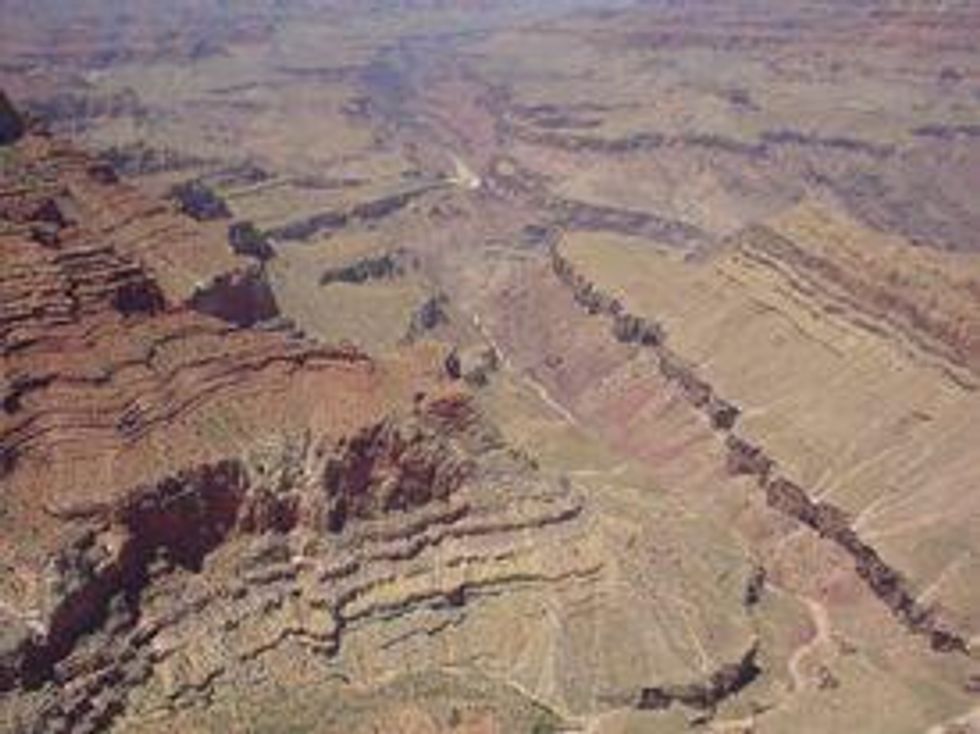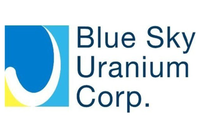Energy Fuels Granted Federal Approval for Canyon Mine in Arizona
Energy Fuels was recently granted approval to reopen its Canyon Mine in Arizona. Energy Fuels’ Curtis Moore helped Uranium Investing News uncover some of the misconceptions surrounding mining uranium in Arizona.
Energy Fuels (TSX:EFR), the largest conventional uranium producer in the United States, received federal approval to reopen the Canyon mine, located south of the entrance to the Grand Canyon National Park. The news, while exciting for Energy Fuels, rekindled a conversation about uranium mining in Northern Arizona. Opponents of uranium mining say the US Government put a mining ban in place, however Energy Fuels — and the US government — disagree.
Uranium mining ban in Arizona?
In 2012, the Department of the Interior issued a Public Land Order declaring a “withdrawal” of 1 million acres of lands near the Grand Canyon National Park from new mining claims.
Energy Fuels’ Curtis Moore explained to Uranium Investing News that the land on which companies stake their mineral claims “[is] owned and managed by the US federal government. Claims can be staked on these federal lands, which give the claimholder the right to explore, develop and ultimately mine that property.”
Sounds simple enough. However, while prospecting on federal land one must recall that “he who giveth can taketh away.”
“The federal government can withdraw federally managed lands from mineral entry,” said Moore. “Essentially, this prevents [companies] from staking new claims. In addition, a withdrawal can impact, and potentially nullify, mining claims that are found to not have valid existing rights. That’s what happened in Arizona in 2012; 1 million acres was withdrawn from mineral entry. However, this does not affect properties which have valid existing rights.”
The decision to withdraw the lands from further uranium and other hard rock mining for 20 years, is aimed at protecting the Grand Canyon and its watershed. The withdrawal, geared particularly towards uranium, will also give the department the chance to monitor and determine the impact that uranium mining might have on the Colorado River Basin.
The statement, dated January 2012, also states that “[t]he withdrawal does not prohibit previously approved uranium mining, new projects that could be approved on claims and sites with valid existing rights.” Indeed, the statement indicates that the federal government believes up to 11 uranium mines could be developed within the withdrawn area.
Energy Fuels’ Arizona operations
Energy Fuels operates two producing mines, Arizona One and Pinenut, in Arizona, north of Grand Canyon National Park boundary. Next on the company’s docket is the Canyon mine, which is located south of the national park boundary and has an NI 43-101 resource estimate of roughly 1 million pounds of U308. Northern Arizona has some of the highest-grade uranium deposits in the world.
The Canyon mine was owned and operated in the 1980s by a different company, and received approval in 1986. The US Forest Service has since given Energy Fuels its approval to bring Canyon online.
“The Canyon mine will be the next mine we are looking to produce from in Northern Arizona, which could occur as soon as 2015,” said Moore.
As far as processing goes, Energy Fuels is shipping its ore to its White Mesa Mill in Southeastern Utah. The mill, which is owned and operated by Energy Fuels, is the only conventional uranium mill in the United States. The company was also recently given its primary approval for the Piñon Ridge Mill in Colorado, but will not bring it online until market conditions warrant.
Securities Disclosure: I, Vivien Diniz, hold no investment interest in any of the companies mentioned.
Editorial Disclosure: Energy Fuels is a client of The Investing News Network. This article is not paid-for content.






